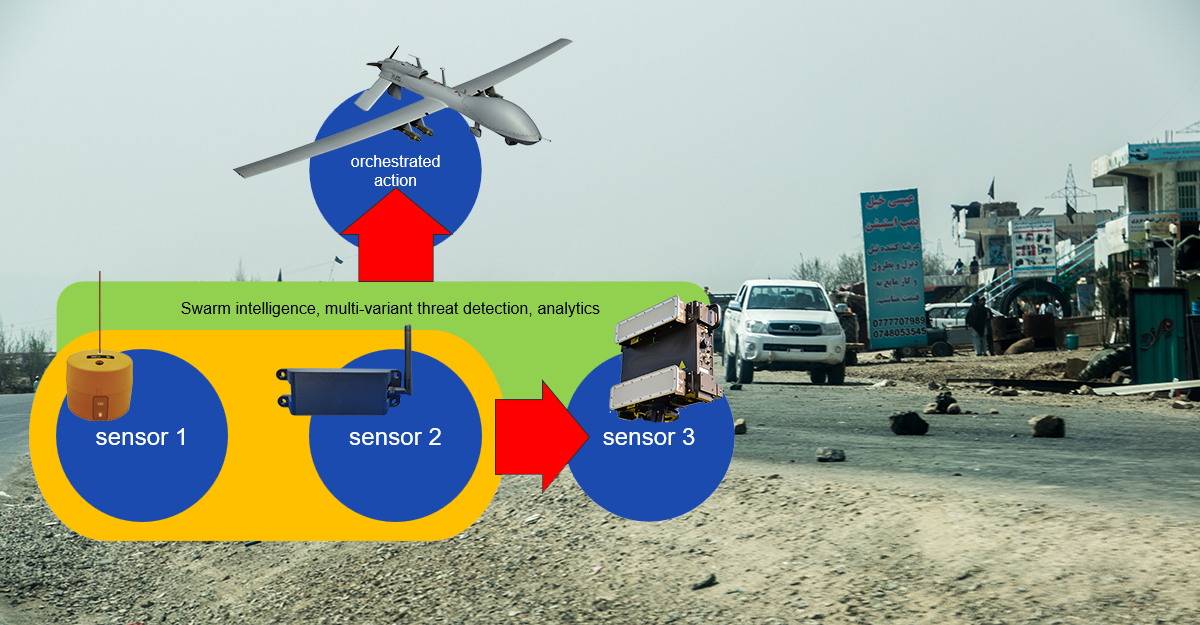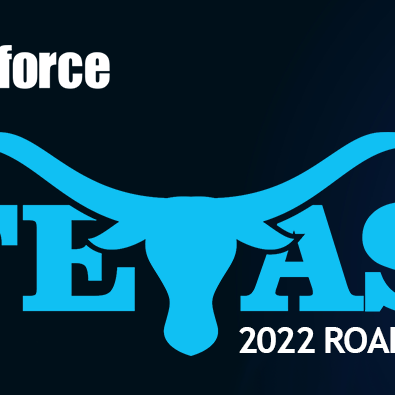
The Value of Blueforce for National Security: IoT Fusion, Cueing, and Orchestration
By Morgan Greene, GM National Security Markets, Blueforce Development Corporation
We are often asked: What does Blueforce do in the Federal, National Defense, and Intelligence Community spaces? Are you guys the that blueforce tracker stuff? Dots on maps like TAK, right?!? Does it do this JADC2 stuff I’ve been hearing about? No, we have no relation or connection to your experience with blueforce tracker, although we provide location and tracking as a core extensible service (i.e., dead reckoning, subterranean). While we are interoperable with ATAK and have some similarities such as a moving map tool, geo-referenced dots on maps, and a focus on providing shared situational awareness, we have some unique differentiators; namely connecting these “dots†to make sense of your operational environment nearly autonomously! And finally, per JADC2, no, no one agency or technology “does JADC2,†however, our software can play a powerful role in areas such as perimeter defense, intelligence activities, and stability operations. And this doesn’t even scratch the surface of our applicability in the civilian federal agencies. In the paragraphs to follow, I will describe what Blueforce software does and highlight three of our most powerful, patented differentiators. Very simply, Blueforce is an IoT sensor fusion and recognitional commercial software company.
What exactly does this mean? What is “sensor fusion?†Starting at first principles, a sensor is defined as a device which detects or measures a physical property and records, indicates, or otherwise responds to it. Most often we think of physical hardware sensors like seismic sensors, magnetometers, accelerometers, environmental, and wearables. Sensors also include a wide array of camera forms/types to include optical, thermal, infrared, short-wave IR, millimeter-wave IP, hyperspectral, light detection and ranging (LiDAR), radar, sonar, gunshot detectors, and of course drones. To us, sensors also include algorithms, rules, AI, and data streams. For example, we consider published ICU capacity in a hospital, national weather service weather alerts, or even algorithms that identify demographics, sentiment, or gait as a form of sensor. After all, those 3rd party data sources are measuring a physical property of the hospital, weather, and even video.
Fusion is the process or result of joining two or more things together to form a single “logical” entity. This is exactly what Blueforce software does. We take the litany of the world’s commercial off the shelf (COTS), and even government off the shelf (GOTS) sensors and data streams, and synthesize the resulting outputs on a single pane of glass hardware solution to answer our customers’ question(s) or provide real time situational awareness to federal and international agencies. And we can deliver this information on the form factor of your choice: mobile phones, tablet, MDT, desktop, laptop, inside a pelican case, or on a massive display wall in an operations center in a customizable format. And we can do this on Tizen, Garmin OS, Android, iOS, Windows, and four flavors of Linux.
The things that differentiate us and make us unique per customer value are the following:
1. We fuse disparate sensors from disparate manufacturers and can do this for any sensor that exposes internet data and communications standards, and willing/able to expose the required APIs so that plugins can be RAPIDLY constructed (usually, concept to capability in four days). For lay readers like me, “APIs” are dolphin speak for mechanisms that enable two software components to communicate with each other using a set of definitions and protocols).
2. Furthermore, Blueforce orchestrates the interactions between these disparate sensors autonomously. Simply put, this means we enable interfaces that allows sensors from disparate manufacturers to “talk†to each other and even take predefined actions: turn on, turn off, record, send an alert. We call this “sensor cueing”. The Blueforce software stack can even orchestrate this “sensor cueing” to take predefined actions thereby reducing cognitive lift for the decision maker moving them from “seeing” to “sensing”.
3. Finally, we do all of this in a truly modular, plugin architecture at the edge of the network where our customers work providing an extensible and future proof platform that reduces hardware churn and limits the required bandwidth and data backhaul. As well, the Blueforce platform is sustainable meaning it is commercially supported, scales as your IoBT needs grow (check out our IoBT eBook), and doesn’t require an army of software developers to extend the system or keep the system running.
Stay tuned in the next blog post as I discuss two specific use cases of the Blueforce value proposition in action. See us a trade show near you (we’re in San Diego this week at WEST 2023 in the T-Mobile for Government exhibit) or contact us to learn how commercial software innovation can solve your IoT problems.


